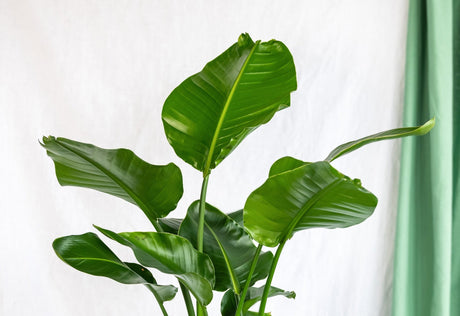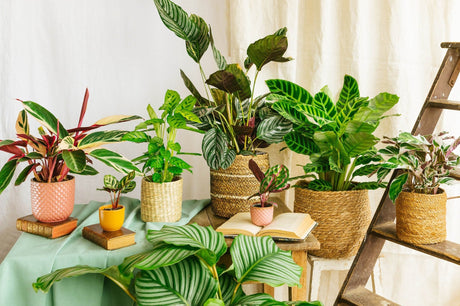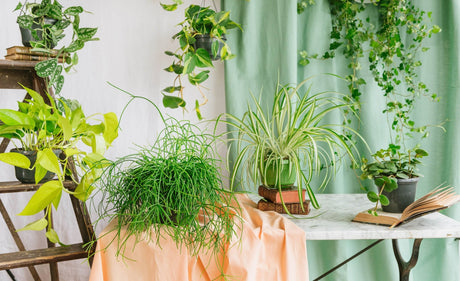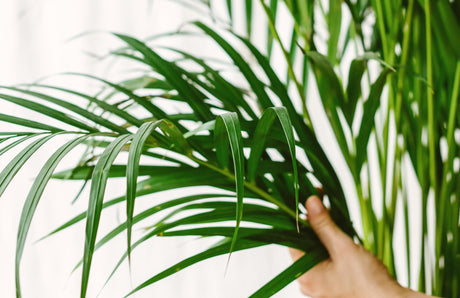Advantage of hydroculture
- Water saving: One of the main advantages of hydroponics is that it uses considerably less water than soil cultivation. Hydroponic systems recirculate water, which reduces waste and allows plants to take in the water they need more efficiently.
- Better uptake of nutrients: In hydroponics, essential nutrients are dissolved in water and directly delivered to plant roots . This allows plants to absorb nutrients more easily, which promotes faster and healthier growth.
- Accelerated growth: With direct access to nutrients, oxygen and water, plants grown in hydroponics tend to grow faster than those grown in the ground. This can be particularly advantageous for slow growing species.
- Small Space: Hydroponic systems are often compact and suitable for tight spaces. This makes it a great option for apartments, small spaces, and even indoor gardens.
- Reduced risk of diseases: The absence of soil reduces the risk of pest infestations and soil diseases. This means less need for pesticides and chemical treatments.
How hydroculture works
Hydroculture is based on the principle of providing plants with the nutrients, water and oxygen they need to grow, without using soil. Here are the key steps in how hydroculture works:- Growth medium: Instead of soil, use an inert growing medium such as perlite, vermiculite, wool of rock or even balls clay expanded to support plants and their roots.
- Dissolved Nutrients: The essential nutrients are dissolved in water, creating a balanced nutrient solution. This solution is then administered directly to the roots of the plants.
- Hydroponic system: There are several hydroponic systems, such as closed loop system, nutrient film system, wick system, etc. Each of these systems delivers water and nutrients in different ways, but all aim to provide the roots with constant access to the nutrient solution.
- Environmental control: In hydroponic crops it is essential to monitor and control environmental parameters such as light,
Hydroculture offers an innovative and effective approach to growing plants d 'inside optimally. The advantages of this method, such as water saving, accelerated growth and disease prevention, make it an attractive option for plant lovers and gardening professionals.
Discover our collection of hydroculture plants right here!






